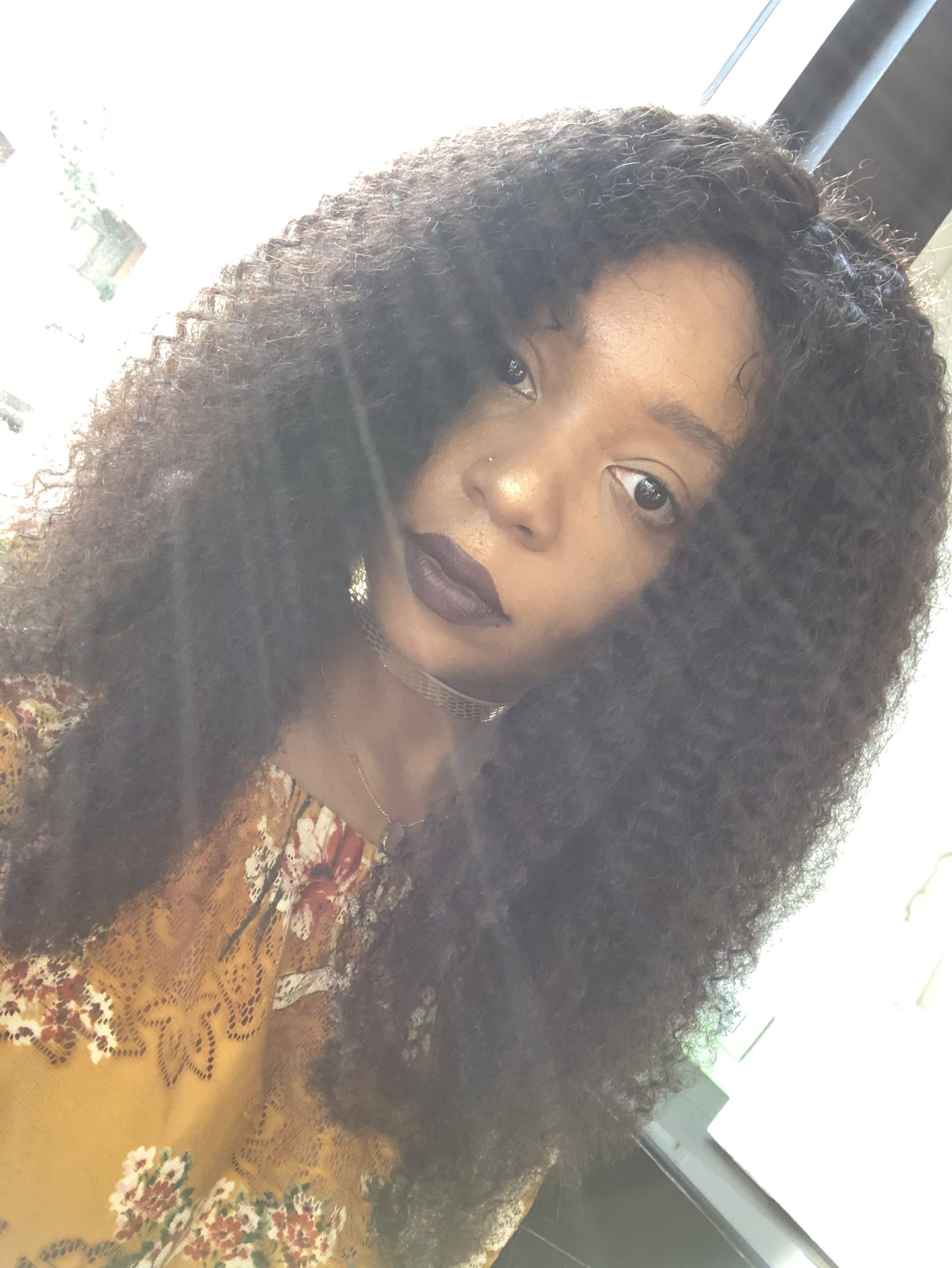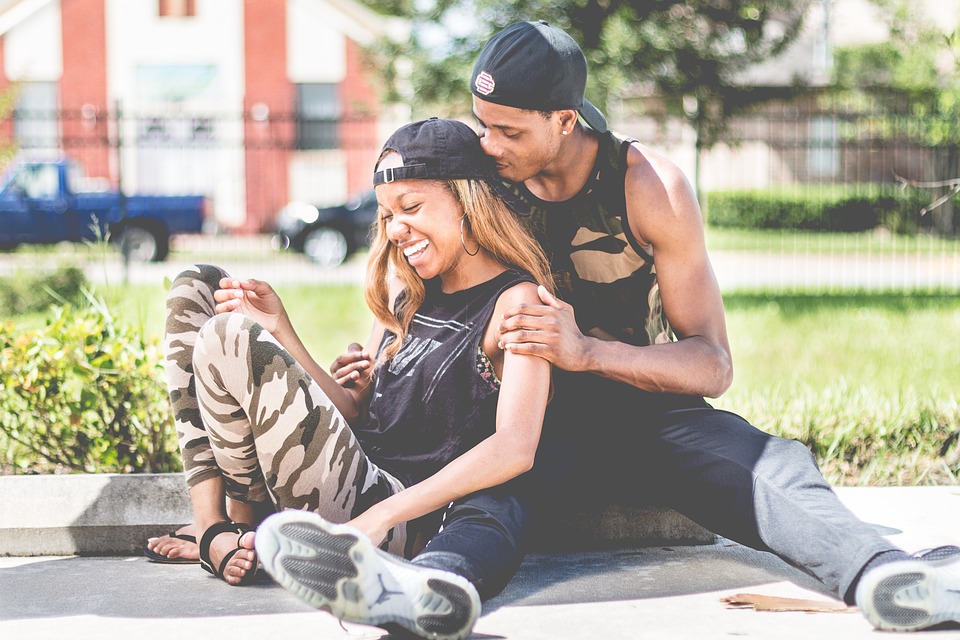There are varying ways to determine what the term “natural” means to some women. Some feel like it means completely chemical free and others feel that it means relaxer free. Much like the topic of what products work better for which hair type, it is all up for interpretation. My own personal definition of the term is free of chemicals that are used with the intent to alter and/or straighten your hair texture. Now with that being said I would like to tread the waters of a touchy subject among the women of the natural hair community: coloring your tresses.
Now while there are numerous ways to do this, one of the most widely known, and controversial, is bleaching your hair then applying the color. Bleaching, in regards to natural hair, is defined as stripping the natural or artificial color of the hair. This process is often used by women who want vibrant colored hair, but because their natural hair is very dark pigmented the color will not show as bright as they would like, ergo the need to bleach. While this is the preferred method for some women, there are adverse effects that occur if the hair is not properly cared for. The primary issue surrounding this method of color treating is that a byproduct is the slight alteration of the curl pattern. In order to understand why that occurs first we take a look at the bleaching agent used. The most common chemical agent used when lightening hair is a mixture that is primarily composed of hydrogen peroxide. Damage may occur and the hair will become very brittle and dry. This will cause the hair to die and inevitably shed profusely. Proper care for this method of color treating is weekly deep conditioning treatments as well as low manipulation and extra moisturization is highly recommended.
Another widely known method of altering the color of your tresses is henna. The most recognized form of henna is used to create beautiful temporary body art. In the Indian culture henna adorned the bodies of many beautiful women for a plethora of reasons, the most common being for wedding ceremonies, preparing the brides for their new husbands, or social and holiday celebrations. While it has been used in North Africa and South Asia for the past few centuries, henna has been used as a cosmetic dye for over 6,000 years. The henna that is used as a dye begins as a powder and is then mixed with a mild acid such as lemon juice or vinegar and left to sit until a paste forms. Then this paste is applied to the strands and allowed to permeate the hair leaving it dyed the shade of henna that was used. This form of color treating does not alter the texture of the hair or pattern of curl to which it was applied; however this is an all-natural form of altering the color of your hair. Deep conditioning is highly recommended, as well as adding moisture to your hair, but that should be something that is already a part of your hair care routine.
Now based on these two forms of coloring your tresses it is up to you to choose whichever works best for your hair or whichever keeps you on the “natural” straight and narrow. Personally I am at a crossroads due to the fact that I have used bleach in the past, and while damage did occur, I was unaware of what went into caring for bleached hair. I have yet to try henna, but it is on my natural hair bucket list. I do anticipate giving it a chance, but that is set in the (hopefully) not too distant future and always remember, what works for you is your choice. No one can define your hair for you, only you can do that. Just as only you can define what makes you naturally beautiful.


